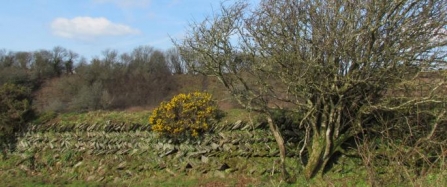Using advances in technology and satellite imagery, ERCCIS (Environmental Records Centre for Cornwall and Isles of Scilly), Cornwall’s local environmental record centre, has now identified hedge features across the Cornish landscape and mapped them, which is vital in ensuring their protection and sustainable management for years to come. They have also launched a new mobile app Online Recording Kernow and Scilly - ‘ORKS’ to enable local people to take part in this important work, which can be downloaded from Google Play or iTunes
The Hedge Map will provide a wealth of information for research, conservation and sustainable management of our wildlife and habitats. It will provide an understanding of how different species use habitats and interact with the wider landscape and help protect isolated populations.


